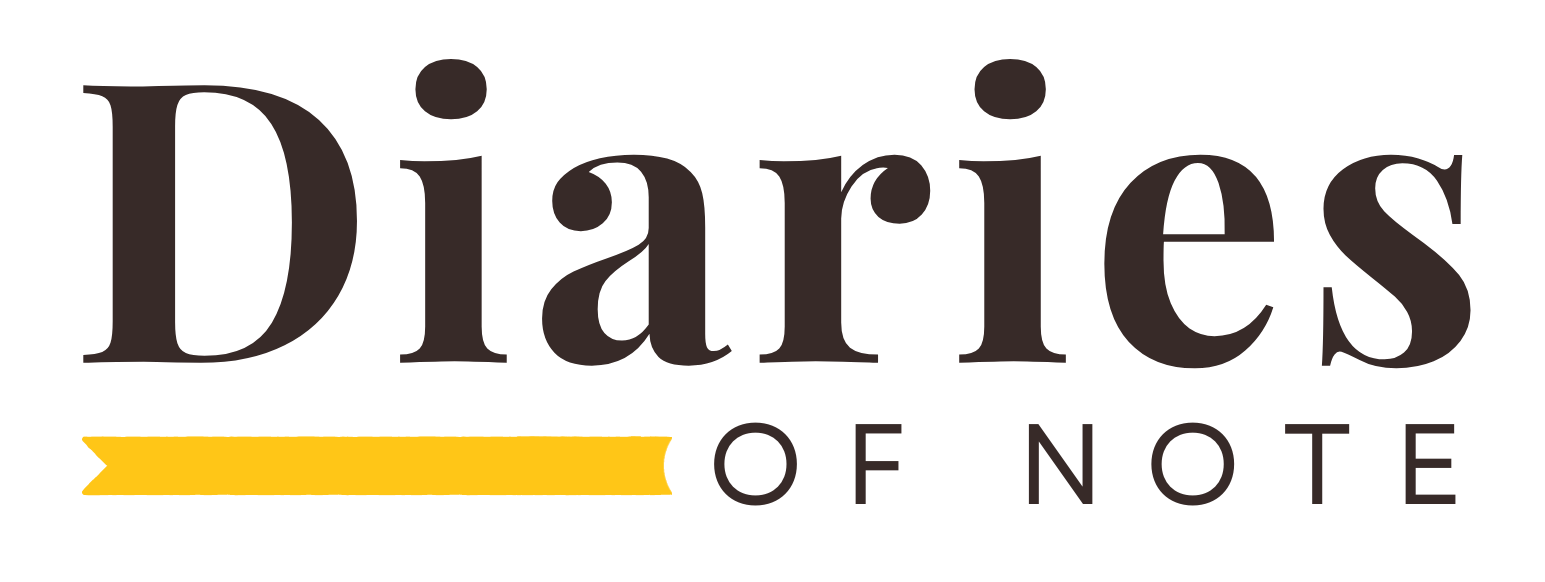
© ESA/NASA, CC BY-SA 3.0 IGO
On 23rd November 2014, former Italian Air Force pilot Samantha Cristoforetti embarked on a monumental journey. Strapped into the confines of a Soyuz spacecraft in Kazakhstan, she was launched towards the International Space Station where she was to live for 199 days—the longest single spaceflight by a woman at the time and a record that remained unchallenged until 2017. Amidst the hum of the spacecraft and the endless expanse of the cosmos, Cristoforetti chronicled her experiences in a diary that would later be published. This is just one entry, written a fortnight into her remarkable voyage.
The Diary Entry
International Space Station, 8 December 2014
Drinking coffee in the morning is one of life’s pleasures, both in space and on Earth. Before the morning DPC, I fill my packet with water from the dispenser and take it along, together with my tools, when I float towards my first activity of the day. There’s a running joke on the Space Station to the effect that yesterday’s coffee becomes tomorrow’s coffee, a light-hearted reference to the water recycling process. And it’s true: even urine gets this treatment, thanks to the complex equipment in the rack under the toilet. The non-recyclable residue ends up in a large cylindrical canister, which is periodically emptied into one of three tanks on ATV that arrive on the ISS with water for the Russian cisterns. It’s strictly for the Russian ones, since their water is sterilized with silver ions, whereas NASA’s water contains iodine. There is always some danger of emptying the urine canister into the wrong tank, one containing potable water not yet transferred on board. That’s why I always check at least three times to make sure I’ve connected the transfer hose in the right spot. The canister is one of the most massive things you have to handle on board. It weighs nothing up here, but it retains its mass and inertial properties. In other words, if you gave it a shove to make it float across the FGB module, which is long and narrow like a tunnel, it would tend to maintain a stable direction and I could let myself be pulled along, like a witch on her broom. There’s a danger that this could be highly amusing. Hypothetically speaking, of course.
I have to admit to some guilt, and confess that I am contributing nothing to today’s water recycling. All in a good cause, however: I’ve given my pee to science. I’m taking part in various experiments that require me to take urine samples over a twenty-four-hour period. It’s one of the things I was a bit nervous about, since the logistics of collecting urine in weightlessness are not as straightforward as filling a plastic cup on Earth. I even tried it out in Baikonur a few days before we left, using some collection bags I’d been given in Houston for practice. Luckily they work really well, both down there and up here in space.
This evening, I finally called Mary and Stacey to say hello. The strange thing is that, because they live in Houston, a call from space is like a local phone call. After many failed attempts, I realized that the dialling code I was using wasn’t necessary; you needed it only for calls outside the United States. I was, in fact, using the international dialling code. How strange to think locally from up here! Even stranger to hear a voice saying mechanically, ‘What’s your emergency?’ In my attempts to reach Mary and Stacey, I omitted one of the zeros and ended up calling 9-1-1.
Further Reading
Samantha Cristoforetti’s diary was originally published in 2018 in Italian as Diario di un’apprendista astronauta and in German as Die lange Reise: Tagebuch einer Astronautin). In 2020 Penguin published an English language edition, titled, Diary of an Apprentice Astronaut.
Also…

Leave a Reply